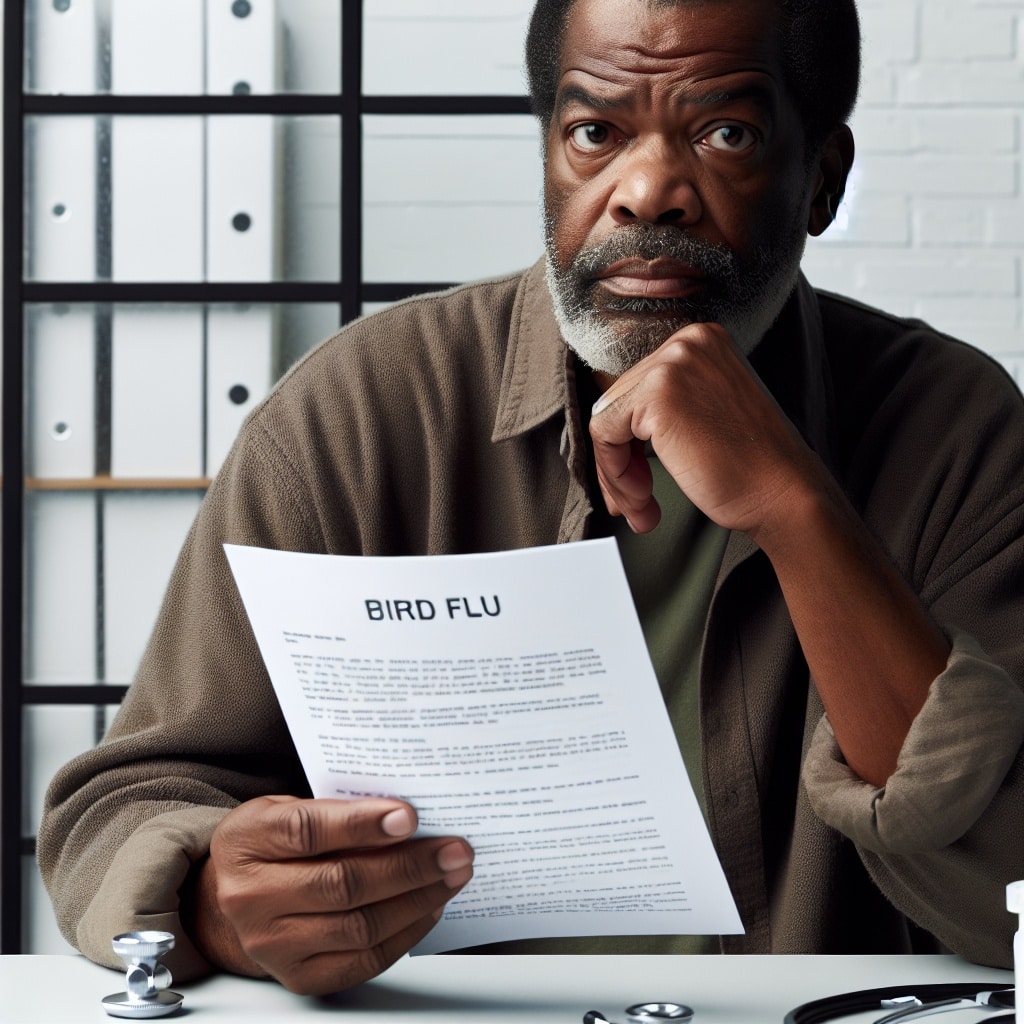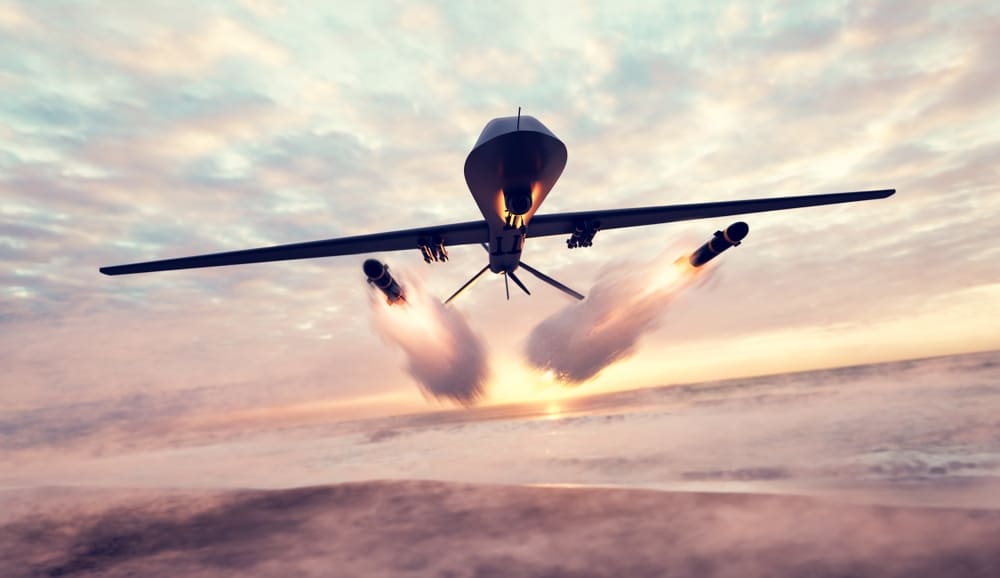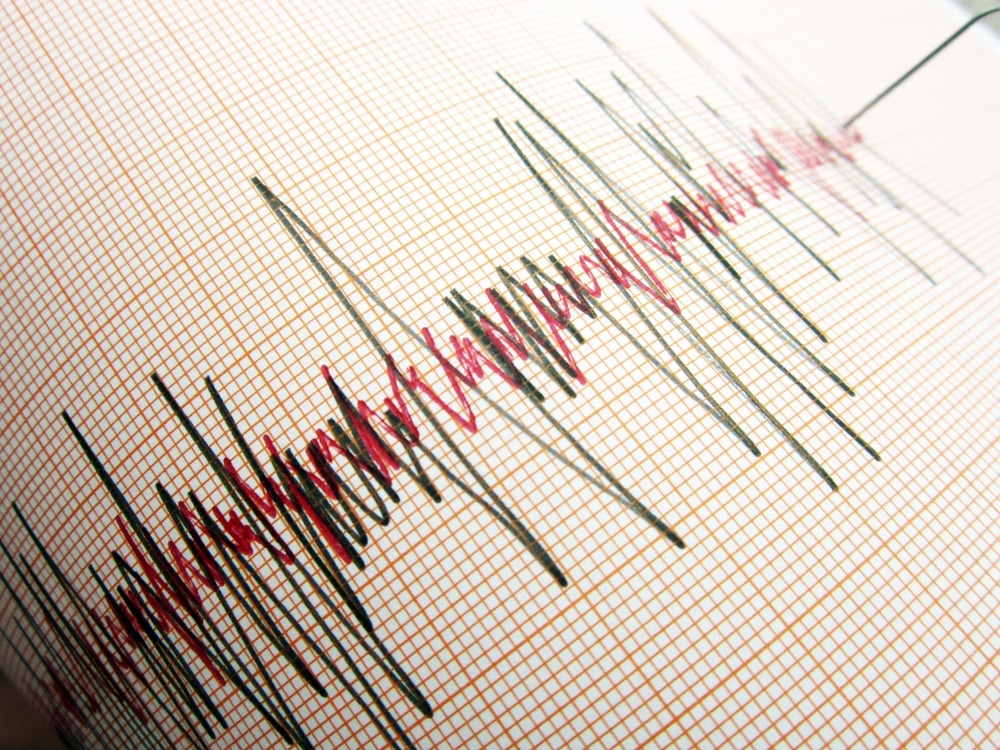It’s spreading rapidly among cows, skunks, mountain lions, and red foxes. Yet, as the highly contagious avian flu affects mammals across the US, just one human case has been reported so far.
But that’s probably only because there is minimal testing of people underway to detect it. State governments and farm owners have kept Centers for Disease Control and Prevention teams from conducting on-the-ground investigations that would offer a fuller picture of the prevalence of the virus in humans.
That threatens to impair federal officials’ response to an outbreak many experts view as the biggest test for pandemic readiness systems since Covid-19. The recent patient is recovering after experiencing eye redness as their sole symptom.
However, avian flu typically kills half the people known to have been infected, hinting at the danger it poses if it were to spread widely.
The CDC is not authorized to carry out on-the-ground investigations without an invitation, and the states that have confirmed infected cattle say they have not made such an overture to the agency.
Private dairy farms would also have to welcome the CDC investigators, a fraught proposition in an industry heavily reliant on immigrant workers who are often leery of interacting with government officials and worried about losing income if they test positive. Farms may also be reluctant to scour for infected cows, out of concern that might have downsides for their low-profit margin businesses.
“The CDC is not able to go in and do the type of testing and investigative work they need to do,” said Abraar Karan, an infectious disease researcher at Stanford University. “That’s a huge problem and it’s a blatant issue.”
The CDC says the current risk to the general public from bird flu is low, because it’s not known to transmit efficiently from person to person. But each infection in a cow or human allows the virus to mutate and better adapt to mammalian respiratory cells.
The key to understanding that risk and preventing the emergence of a deadly pandemic is the ability to detect the infection and track molecular changes in the virus.
“We’re playing with fire,” said Sam Scarpino, a Northeastern University professor who helped lead pathogen surveillance at the Rockefeller Foundation during the coronavirus pandemic. “We’re not doing the surveillance to say it’s not here.”

















